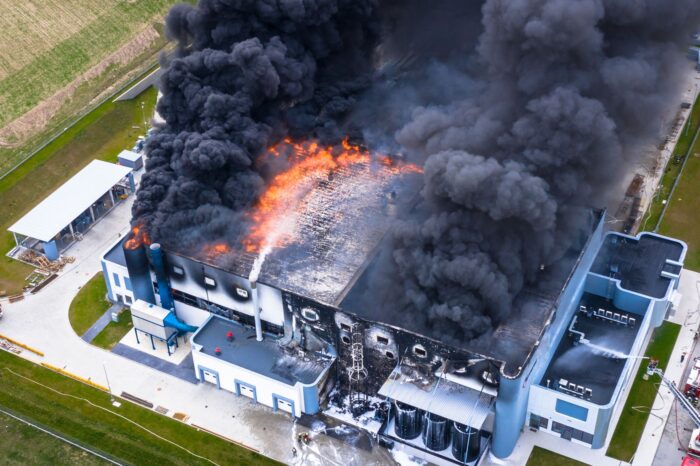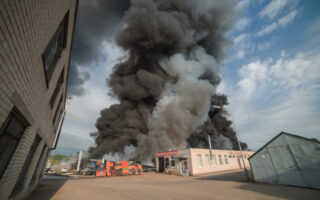While most think of prevention when they think of fire safety, what do you do when preventative measures haven’t succeeded, and a fire has started in your facility or building?
While active fire protection systems such as smoke alarms, sprinkler systems and fire extinguishers are all important elements in fire safety, the passive fire protection system of firestopping is crucial in having a balanced fire safety system. Firestopping, as defined by the International Firestop Council (IFC), is “a process where certain materials are used to resist or stop the spread of flames and its by-products (such as smoke and toxic gases) through openings in rated walls, floors or floor/ceiling assemblies.”
Fires are extremely costly, causing property damage and increases in fire insurance premiums. While firestopping is termed a passive containment approach to fires, its implementation not only reduces these costs but saves lives. Firestopping establishes measures that contain fires to the areas in which they start, prevents them from spreading further throughout the building and therefore, and allows occupants in the building to have enough time to exit safely before they’re encountered with life-threatening smoke, gasses and flames.
How do firestop systems work?
It’s a bit more comprehensive than slathering red caulk around some pipes, particularly for facilities rated high-risk such as schools, hospitals and high-rise buildings. In addition to the obvious combustibles, fires typically spread throughout a building through openings. This includes not only open doors but gaps and openings in walls, floors and ceilings caused by pipes, ducts, cables and the like as well as slab edges of properties, aluminum-framed curtain walls, and the joints between wall and floor assemblies. Firestopping products are required to fill these open spaces and there are several firestop systems that can be employed dependent on the type of openings in the structure (including through-penetration systems, membrane-penetrations, fire resistant joint systems and perimeter fire barrier systems).
How do I know if I need one in my facility?
International Building Code (IBC) 2018, Section 1705.17 states that firestop inspections shall be included as part of the mandatory special inspections for high-rise buildings, Risk Category 3, and Risk Category 4 buildings. With enforcement by building owners, contractors and designers onto construction projects has been growing rapidly in recent years. To meet this growing need, the Braun Intertec Building and Structure Sciences group has established training, inspection and reporting procedures to meet the growing need and standard of firestopping system implementation.
Contact us using the form to the right for more information on firestopping services for your construction project or high-risk facility.



